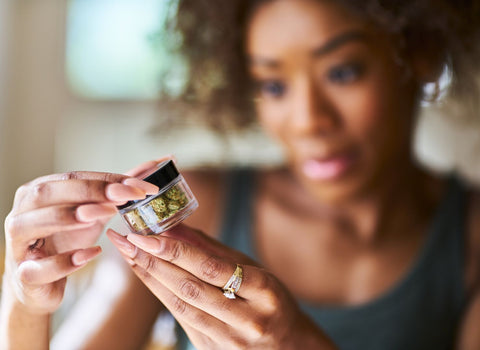
Terpenes are the aromatic compounds found in cannabis that provide flavor and aroma, but they also shape the cannabis high. These organic molecules work synergistically with cannabinoids through the entourage effect to modulate their effects.
The unique terpene profile of cannabis heavily impacts the nature of the high you'll experience, from uplifting and energetic to calming and relaxing.
To experience the unique effects terpenes bring to your cannabis high, seek out strains with distinct terpene profiles tailored to your desired experience.
With precisely measured amounts of THC and CBD, our microdosed THC gummies help you ease into a blissful, relaxed state of mind.
List of terpenes found in the cannabis plant
A 2023 study revealed over 100 different terpenes in cannabis. Most cannabis strains typically express only 10–30 dominant terpenes in significant quantities. All of them contribute to a strain's distinctive aroma, flavor, and potential effects.
The dominant terpenes in a strain influence the nature of the high you may experience. The exact terpene profile of a given strain can be determined by its genetics, growing conditions, and cultivation methods.
Here’s a list of 16 most common terpenes in cannabis:
- Myrcene: has an earthy, musky aroma with sedative and relaxing effects
- Limonene: citrusy, sweet aroma; uplifting and stress-reducing effects, may improve the absorption of other compounds
- Linalool: floral, lavender-like aroma; calming and sedative properties
- Caryophyllene: spicy, peppery, anti-inflammatory, and pain-relieving
- Pinene: pine-like, woody aroma with memory-enhancing and alertness-promoting effects
- Nerolidol: woody, fresh bark aroma, potentially sedative and antifungal
- Camphene: musky, earthy, fir needle aroma; relieves pain and soothes inflammation
- Borneol: camphor-like, cool, minty aroma; analgesic, anti-insomnia, anti-inflammatory, and neuroprotective effects
- Phytol: floral, balsamic, and waxy aroma, has potential antioxidant, anti-inflammatory, and pain-relieving properties
- Ocimene: sweet, woody, and citrusy aroma; anti-inflammatory and antiviral properties
- Valencene: citrusy, sweet orange aroma; anti-inflammatory and insect-repellent properties
- Humulene: hoppy, earthy aroma; may suppress appetite and lower inflammation
- Terpinolene: floral, herbaceous aroma; uplifting and energizing effects at lower doses, sedative at higher doses
- Geraniol: sweet, rose-like aroma, has neuroprotective, antioxidant, and antimicrobial effects
- Bisabolol: floral aroma with potential anti-inflammatory, analgesic, and skin-soothing effects
- Eucalyptol: has a refreshing minty aroma; may offer respiratory benefits, enhance focus and mental clarity, and soothe inflammation and pain
A 2020 study proposed that caryophyllene and myrcene were the most common dominant terpenes found in cannabis samples. The study also suggests that they play important roles in the medicinal benefits associated with many types of cannabis.
Hybrid cannabis strains pack an incredible variety of these aromatic compounds into each bud. Unlike pure indicas or sativas which tend to have a more limited terpene palette, hybrids bring together the best of both worlds. By combining the terpene profiles of both indica and sativa parents, hybrids offer more balanced effects.
Explore the rich terpene profile of hybrid weed and discover how they can elevate your cannabis journey to new heights.
What do terpenes do for your high?
Terpenes are more than just aromatic compounds that contribute to the flavor and aroma of cannabis strains. They also play a significant role in shaping the "high" you experience. Terpenes interact with cannabinoids, such as Delta-9-tetrahydrocannabinol (Delta 9 THC) and cannabidiol (CBD), through a phenomenon called the entourage effect.
In the entourage effect, cannabis compounds work together to modulate or enhance each other’s effects. This synergistic interaction allows terpenes to influence a cannabis high in many of the following ways:
- Terpenes enhance cannabinoid absorption. Some terpenes can increase the permeability of cell membranes to allow cannabinoids to be absorbed more efficiently by the body. This leads to a faster onset of effects and potentially more intense high, but this also depends heavily on the method of consumption.
- Terpenes influence how cannabinoids bind to receptors in the endocannabinoid system. The endocannabinoid system (ECS) is a complex cell-signaling network that regulates physiological processes including mood, appetite, pain sensation, and immune function. Terpenes influence cannabinoid receptor binding either through the entourage effect or direct interaction with receptors. They affect cannabinoid action by altering cell membrane permeability and modulating enzymes involved in cannabinoid metabolism.
- Terpenes themselves interact with the ECS and bind to receptors. In a 2023 study, researchers tested 12 cannabis terpenes and found evidence that all of them activated CB1 receptors on their own, although less effectively than THC.
- Some terpenes balance THC’s potential psychoactive effects. For instance, pinene may reduce short-term memory impairment associated with THC, while limonene provides uplifting and stress-reducing effects that temper THC's potential anxiety-inducing properties.
- Terpenes enhance the therapeutic benefits of cannabis. The synergistic interplay between terpenes and cannabinoids can enhance the therapeutic potential of cannabis. Linalool and myrcene have sedative and relaxing properties that can amplify the pain-relieving and anti-inflammatory effects of CBD and THC.
- Terpenes can mimic the effects of cannabinoids. LaVigne, et. al. found that certain cannabis terpenes (α-humulene, geraniol, linalool, and β-pinene) caused effects in mice that are typically associated with cannabinoids, such as pain relief and lowered body temperature. This indicates these terpenes can mimic cannabinoids and potentially interact with the body's endocannabinoid system in a similar way to cannabinoids.
- Terpenes alter sensory perception. Some terpenes alter how you experience colors, sounds, and flavors during the high. This can contribute to a more immersive and enjoyable cannabis experience.
- Terpenes create strain-specific effects. The unique terpene profile of each cannabis strain contributes to its distinctive high. For example, a strain high in myrcene and caryophyllene may provide a more relaxing and sedative experience, while one dominant in limonene and pinene offers a more uplifting and focused high.
Terpenes do play a crucial role in shaping your cannabis experience, but if you want to reap their benefits and elevate your experience, stick to microdosing cannabis. Small amounts of THC, CBD, and other cannabis compounds offer more therapeutic benefits and have a wider medicinal application than higher doses.
Our edibles are a golden ticket to appreciating the interplay of terpenes and cannabinoids without overdoing it. Speaking of not overdoing it, take a look at our Energy Delta 9 gummies with only 2.5mg of THC and 5mg of CBD. The refreshing and balanced experience these edibles offer can't be matched by smoking, vaping, or other unhealthy ways of consuming cannabis.
“The energy gummies are great. I have energy and am more motivated. I am a beginner so I take a half and it works great for me. I feel focused and not high at all.”
What are the benefits of terpenes?
Terpenes offer a cornucopia of benefits that extend far beyond the realm of sensory pleasure. These versatile compounds play a vital role in the plant kingdom. Here’s why you want your cannabis product to have a rich terpene profile:
- When most people think of terpenes, the first thing that comes to mind is their incredible aromas and flavors. Terpenes are the primary constituents of essential oils and are responsible for the diverse flavors and scents of many plants. They're widely used in the food and perfume industries to create distinct sensory experiences.
- Terpenes are the primary active ingredients in essential oils used in aromatherapy. Inhaling these aromatic compounds has a wide range of beneficial effects on the mind and body, such as reducing stress, improving mood, and promoting relaxation. Linalool and limonene are particularly popular in aromatherapy.
- Terpenes play a crucial role in protecting plants from threats and repelling insects or herbivores that might feed on them. Some terpenes also have antimicrobial properties that guard against harmful bacteria and fungi. Geraniol and eucalyptol can mask the scents that attract bugs. Wondering what makes citronella and lemongrass excellent at repelling mosquitos? It’s their terpenes.
- Many terpenes have pleasant scents that can attract pollinators such as bees, butterflies, and hummingbirds. These aromatic compounds guide pollinators to the flowers, facilitating plant reproduction.
- Terpenes help plants adapt to their environment by regulating growth, development, and stress responses. Some terpenes reduce water loss through leaves, making plants more tolerant of droughts. Others can protect plants from extreme temperatures.
- Some terpenes can dissolve oils and other chemical compounds, so they are used as natural solvents and cleaning agents. Limonene, for example, is a powerful degreaser and is often used in natural cleaning products.
- Many terpenes have medical applications. For example, linalool has anti-anxiety and antidepressant effects, while pinene strengthens memory and focus. Limonene may have anti-cancer properties, and caryophyllene has shown anti-inflammatory and analgesic effects. Terpenes contribute to the cannabis plant’s overall therapeutic properties.
- Terpenes work synergistically with other cannabis compounds to enhance their effects. The entourage effect suggests that terpenes can modulate and improve the medicinal properties of other plant compounds.
Experience the potential benefits of cannabis with our low-dose edibles. Whether you're into snacking on our delicious THC gummies or sipping on one of our craft buzztails™, each product contains precisely measured amounts of THC and CBD.
You can’t make a buzztail™ without our liquid Buzz Drops™. With only 2.5mg of THC and CBD per full dropper, you can infuse any non-alcoholic beverage to create the ultimate canna-mocktail experience.
Explore our THC drinks recipe book right here.
Do terpenes cause side effects?
At higher doses, the terpenes in cannabis can overwhelm your system and cause unwanted side effects. When consumed in excessive amounts, these aromatic compounds may irritate your lungs, skin, eyes, or digestive system. The side effects aren’t life-threatening, but they may cause you major discomfort.
If you take a large dose of a cannabis product rich in terpenes, you may experience:
- Dizziness
- Headaches
- Nausea and vomiting
- Drowsiness and increased sedation
- Respiratory irritation
- Allergic reactions (e.g., rash, itching, asthma)
- Increased sensitivity to sunlight (phytophotodermatitis)
- Digestive discomfort
- Impaired coordination
- Anxiety or paranoia
- Excessive dry mouth
- Eye irritation
Some people also have allergic reactions to certain terpenes. When used in moderation, terpenes are well-tolerated by most users. At lower doses, they work synergistically with cannabinoids to provide therapeutic effects and a pleasant sensory experience, without causing significant adverse reactions.
When experimenting with terpene-rich products, start low and go slow so you can safely find your optimal dose. If you experience any concerning side effects after using a cannabis product, stop using it immediately and consult with a medical professional if symptoms persist.
Product QUIZ
Need help deciding what product is best for you? Take our quiz, just three questions until your perfect match!
What is a high terpene percentage?
A high terpene percentage in cannabis products typically refers to concentrations of around 2% by weight. This depends on the type of product and the specific terpenes being measured. For cannabis flower:
- Average total terpene content: up to 2% by weight
- High terpene content: above 2%
- Very high terpene content: 3–4% and above
For concentrates and vaping oils, terpene percentages are higher, with the common range being 5–15%.
Terpene concentrations in cannabis edibles such as gummies and beverages are much lower than in smoked cannabis and concentrates. A high terpene content for gummies might be anywhere between 0.1–0.5% total terpenes by weight.
Many cannabis brands don’t even focus on terpene content at all; instead, they emphasize cannabinoid levels. This approach may produce an unbalanced and potentially unsafe cannabis experience. Remember the entourage effect? The more cannabis compounds working together, the more balanced the effects.
Our low-dose gummies and THC beverages contain terpenes at balanced, safe, and low ratios, just enough to trigger the entourage effect and contribute to the overall experience. With terpene concentrations in the range of 0.1–0.5% by weight, nama™ products offer the benefits of the entourage effect without overwhelming your system.
Do terpenes show up on a drug test?
Terpenes do not show up on drug tests. Standard drug screenings do not detect terpenes because terpenes are not classified as drugs on any prohibited substance list. Most drug tests look for the presence of cannabinoids or the enzymes produced when the body metabolizes them (their metabolites).
Terpenes are found in many plants beyond cannabis and are used in products such as essential oils and fragrances. This widespread, non-drug-related presence of terpenes is another reason why they are not included in typical drug tests.
Our low-dose gummies, THC beverages, and THC powder stick packs contain precise amounts of THC and CBD, carefully measured to provide a balanced experience.
Purchase nama’s™ cannabis gummies and drinks
At nama™, we're passionate about harnessing the incredible potential of hybrid cannabis. Our gummies and cannabis beverages are crafted with premium hemp extracts that contain optimal ratios of THC, CBD, and other beneficial cannabis compounds.
By combining the therapeutic properties of cannabinoids, our edibles provide a harmonious mind-body experience. We use only the highest quality, lab-tested ingredients to ensure purity and potency. Our products are free from artificial additives, preservatives, and flavors—we want the natural synergy of cannabis compounds to shine through.
Order your nama™ gummies and THC drinks today and treat yourself to the finest cannabis-derived products in the U.S. Don’t worry, all our edibles are federally legal and available for purchase in 48 US states.
Cannabis terpenes FAQ
Do terpenes determine indica or sativa?
Terpenes contribute to the effects associated with indica and sativa cannabis strains, but don't solely determine them. The indica and sativa classification is outdated, as effects depend on the overall chemical profile of these organic compounds.
Certain terpenes like myrcene, are associated with sedative effects common in strains such as Bubba Kush, while limonene and pinene are linked to more energizing effects found in strains such as Durban Poison or Amnesia Haze. Cannabinoid content and individual biology also play major roles in a strain's psychoactive properties and behavioral effects.
Are terpenes bad to smoke?
Terpenes are safe to smoke in the amounts found naturally in cannabis plants, although smoking cannabis is in itself not a healthy consumption method. Extremely high concentrations of isolated terpenes could cause irritation. When marijuana plants are combusted, some volatile compounds may form mildly toxic substances. Vaporizing at lower temperatures may preserve more beneficial terpenes compared to smoking.
Both smoking and vaping have negative health impacts on your lungs and respiratory system. For those looking to experience the medical benefits of cannabis and terpenes in a safer manner, low-dose edibles such as our THC gummies or cannabis-infused beverages offer more controlled and potentially healthier alternatives. These methods allow for precise dosing and avoid the risks associated with inhaling smoke or vapor.
What terpenes cause euphoria?
Several terpenes found in marijuana strains are associated with uplifting, euphoric effects:
- Limonene: found in Lemon Haze, has mood-elevating properties
- Pinene: present in pine trees and strains such as Jack Herer, this terpene enhances alertness
- Terpinolene: has uplifting properties, found in some sativa-dominant strains
- Myrcene: can be relaxing and potentially euphoric at certain doses
- Beta-caryophyllene: found in black pepper and cannabis, may reduce anxiety
Is 10% terpenes too much?
10% total terpene content would be exceptionally high for cannabis flower, which typically contains 1–3% terpenes. For concentrates or essential oil samples, 10% could be reasonable, though still on the higher end. For edibles, this amount is excessively high.
The ideal percentage depends on the product and intended use. For therapeutic purposes, higher terpene content may offer greater benefits, but could also increase the risk of side effects.
Which terpene gives the body high?
Myrcene is most commonly associated with the "body high" or sedative effects. It's found in high concentrations in many indica strains like White Widow. Myrcene is believed to enhance THC's psychoactive properties. Other terpenes that may contribute to body-focused effects are linalool, caryophyllene, and humulene.
What is the rarest terpene?
Some less common cannabis terpenes include the following:
- Terpinolene: present in only about 10% of commercial strains, including some samples of Dutch Treat
- Ocimene: relatively uncommon but found in strains such as Green Crack
- Guaiol: an uncommon sesquiterpenoid found in some OG Kush varieties
- Alpha-cedrene: an extremely rare terpene in cannabis, typically found in cedar trees
- Sabinene: quite rare in cannabis, more commonly found in plants like Norway spruce
- Alpha-thujene: another very rare terpene in cannabis, occasionally detected in trace amounts in some cannabis varieties
The rarity of a terpene doesn't necessarily correlate with its potential effects or value. Many rare terpenes are still being studied for their medicinal properties and potential benefits in cannabis sativa L. varieties.
Resources
Kaur, J., Sun, N., & Hill, J. E. (2023). Comprehensive Profiling of Terpenes and Terpenoids in Different Cannabis Strains Using GC × GC-TOFMS. Separations, 10(9), 500. https://doi.org/10.3390/separations10090500
Raz, N., Eyal, A. M., Zeitouni, D. B., Hen-Shoval, D., Davidson, E. M., Danieli, A., Tauber, M., & Ben-Chaim, Y. (2023). Selected cannabis terpenes synergize with THC to produce increased CB1 receptor activation. Biochemical Pharmacology, 212, 115548. https://doi.org/10.1016/j.bcp.2023.115548
LaVigne, J. E., Hecksel, R., Keresztes, A., & Streicher, J. M. (2021). Cannabis sativa terpenes are cannabimimetic and selectively enhance cannabinoid activity. Scientific Reports, 11(1), 1-15. https://doi.org/10.1038/s41598-021-87740-8
Hanuš, L. O., & Hod, Y. (2020). Terpenes/Terpenoids in Cannabis: Are They Important? Medical Cannabis and Cannabinoids, 3(1), 25-60. https://doi.org/10.1159/000509733
nama CBD FDA & legal disclaimer
Our products are not intended to diagnose, treat, cure, or prevent any disease. They are not a replacement for prescription medications and have not been evaluated by the U.S. Food and Drug Administration (FDA).
The information provided on this website does not and is not intended to, constitute legal advice or any statement of the status of any laws. Any information, content, and materials available on this site are for general informational purposes only and are not intended to be relied upon for any purpose.
Readers of this website should contact their attorney to obtain advice with respect to any particular legal matter, including decisions on what products are, or are not, legal to sell, possess, or consume. No reader, user, or browser of this site should act or refrain from acting on the basis of the information on this site without first seeking legal advice from their own counsel in the relevant jurisdiction.
Further reading
The difference between hybrid strains and indica
What are the side effects of hybrid weed?
Do THC drinks hit faster than edibles?
Why is microdosing best if you want to boost focus?
Is hybrid weed an upper or a downer?
The relationship between THC and dementia
More articles
About
Learn
Join us on this journey

© Copyright 2025 nama Products LLC. All Rights Reserved.
†These statements have not been evaluated by the Food and Drug Administration. These products are not intended to diagnose, treat, cure or prevent any disease. All information presented here is not meant as a substitute for or alternative to information from health care practitioners. Please consult your health care professional about potential interactions or other possible complications before using any product.
††The information provided on this website does not, and is not intended to, constitute legal advice or any statements of the status of any laws. Any information, content, and materials available on this site are for general entertainment purposes only, and are not intended to be relied upon for any purpose.
123 John Doe Street
Your Town, YT 12345
Store Hours
Sun: Closed
Mon-Fri: 9:00 - 17:00
Sat: 10:00 - 13:00
What to expect at pickup
Closed
Closing at 5pm
Closing at 5pm
Closing at 5pm
Closing at 5pm
Closing at 5pm
Closing at 1pm

![Buzz Packs™ [THC and CBD Powder Drink Mix]](http://www.namacbd.com/cdn/shop/files/nama_buzz_packs_thc_drink_pack_white_background.png?v=1741884660&width=480)
![Buzz Packs™ [THC and CBD Powder Drink Mix]](http://www.namacbd.com/cdn/shop/files/Buzz_Packs_Label.png?v=1741884660&width=480)
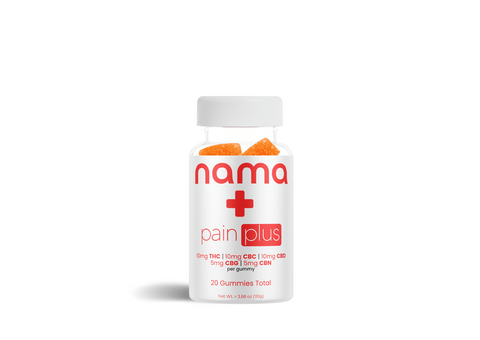

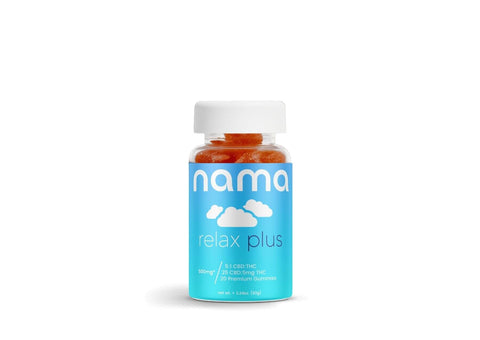

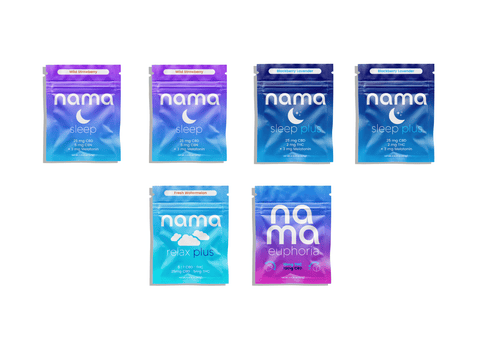

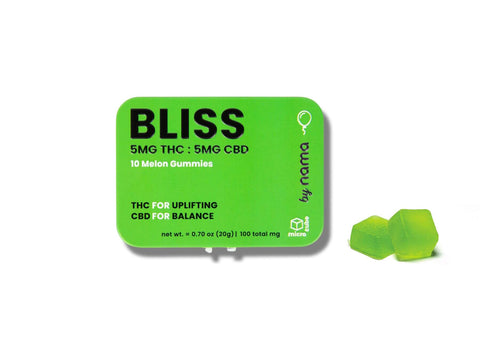
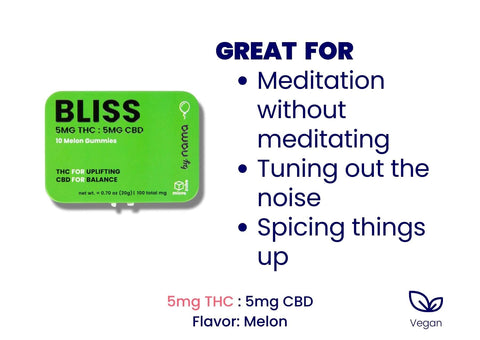
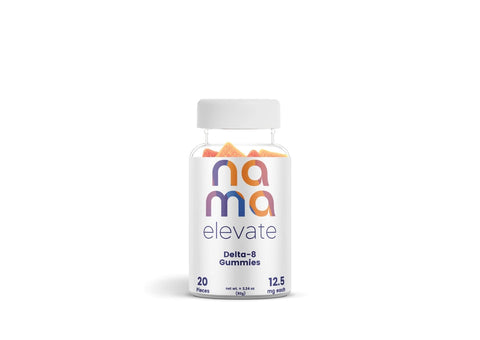
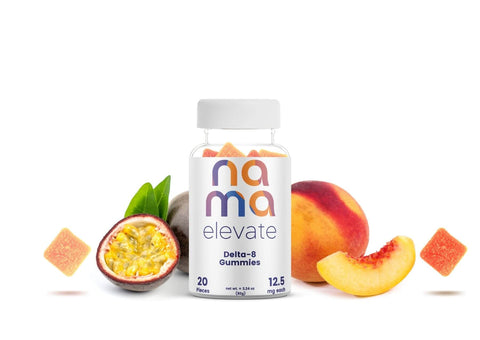
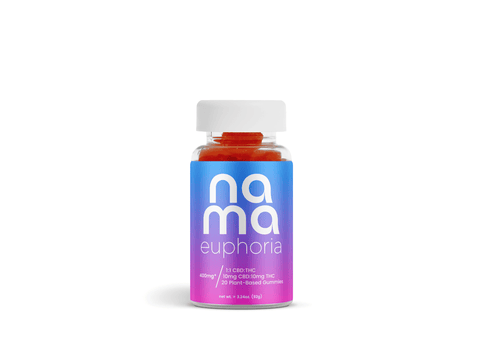
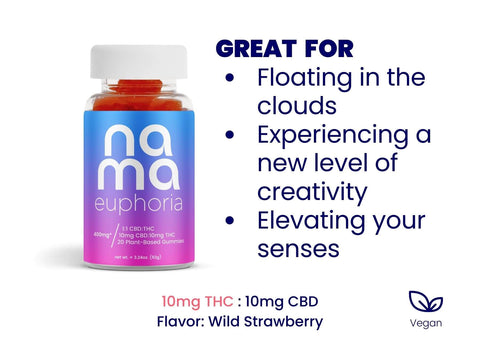
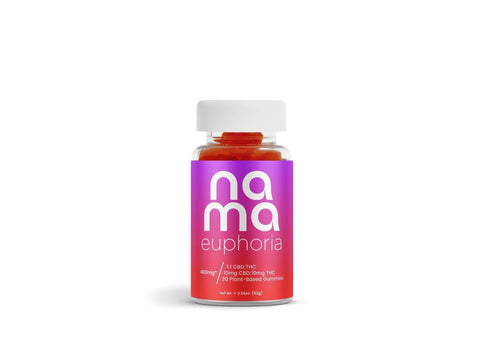
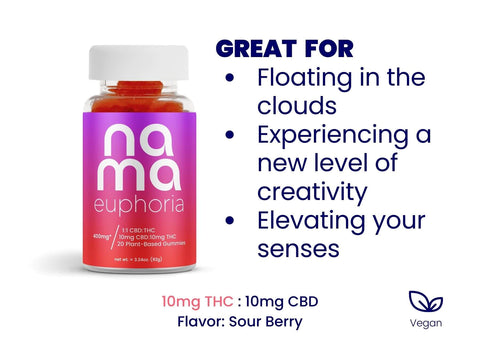
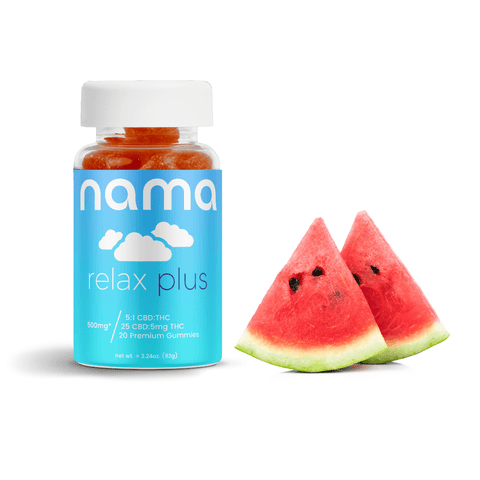
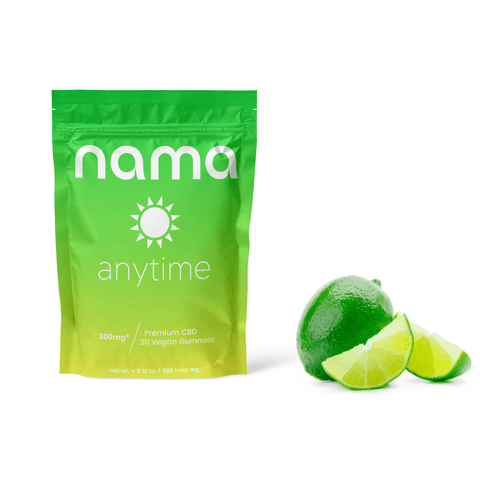
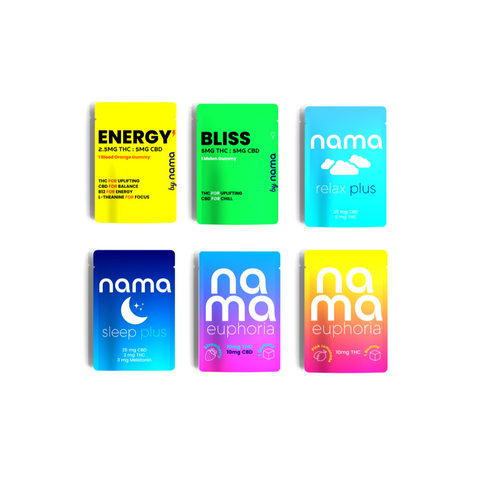
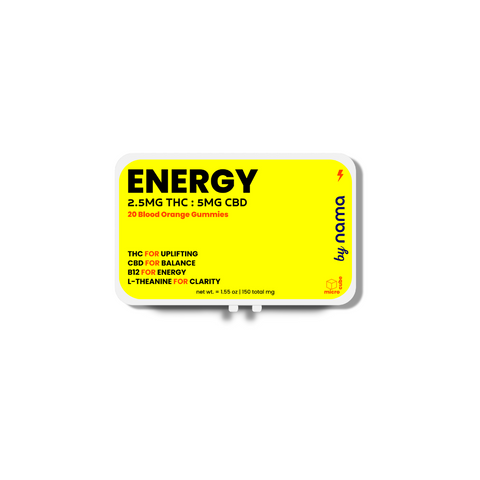

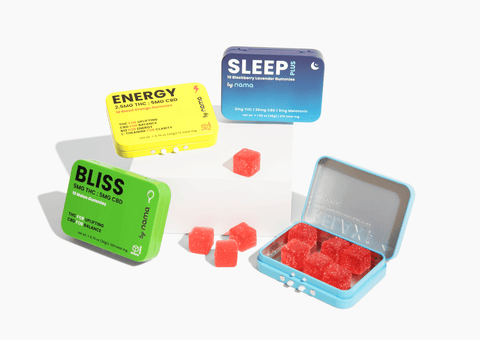
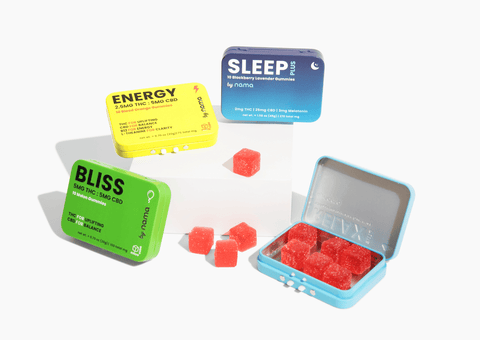
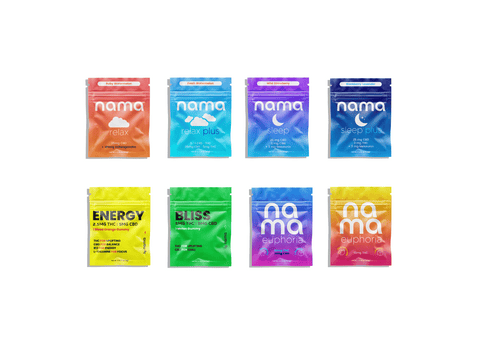

![Buzz Drops™ [THC Drink Drops]](http://www.namacbd.com/cdn/shop/files/nama_thc_buzz_drops.png?v=1711412866&width=480)
![Buzz Drops™ [THC Drink Drops]](http://www.namacbd.com/cdn/shop/files/buzz-drop-wine-comparison.png?v=1736882023&width=480)
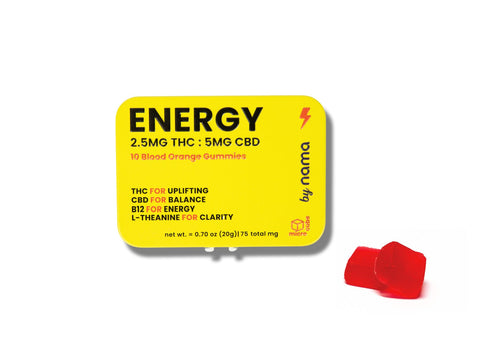
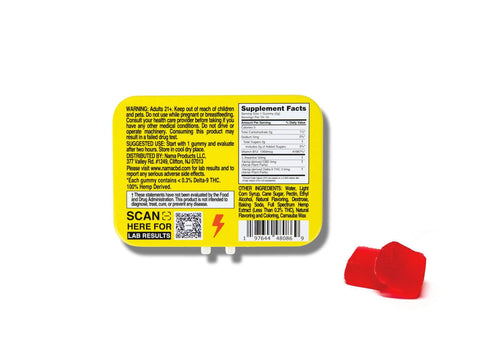
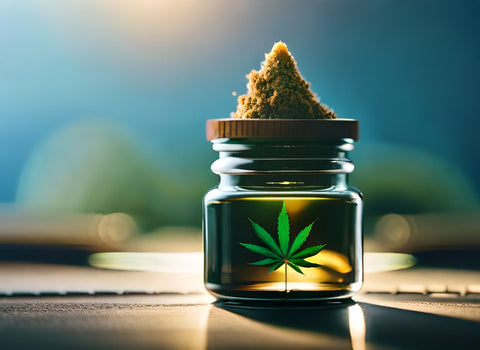
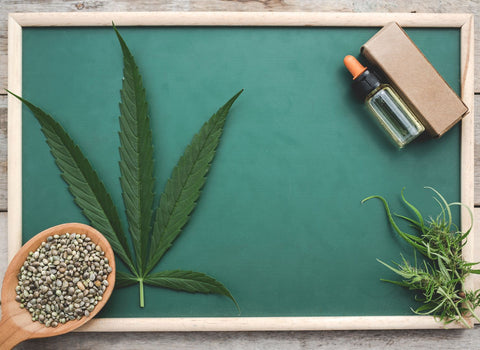


Comments (0)
There are no comments for this article. Be the first one to leave a message!